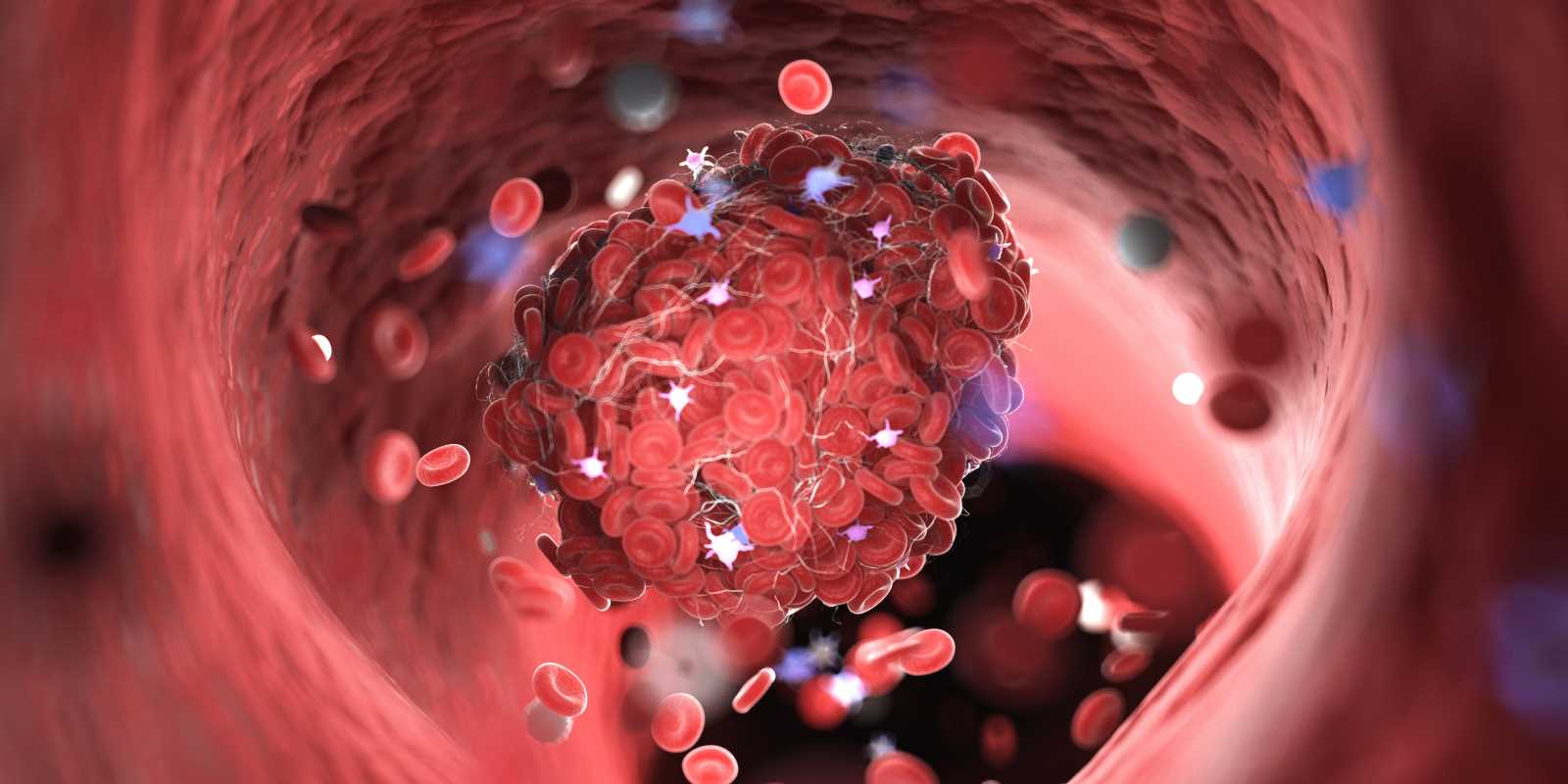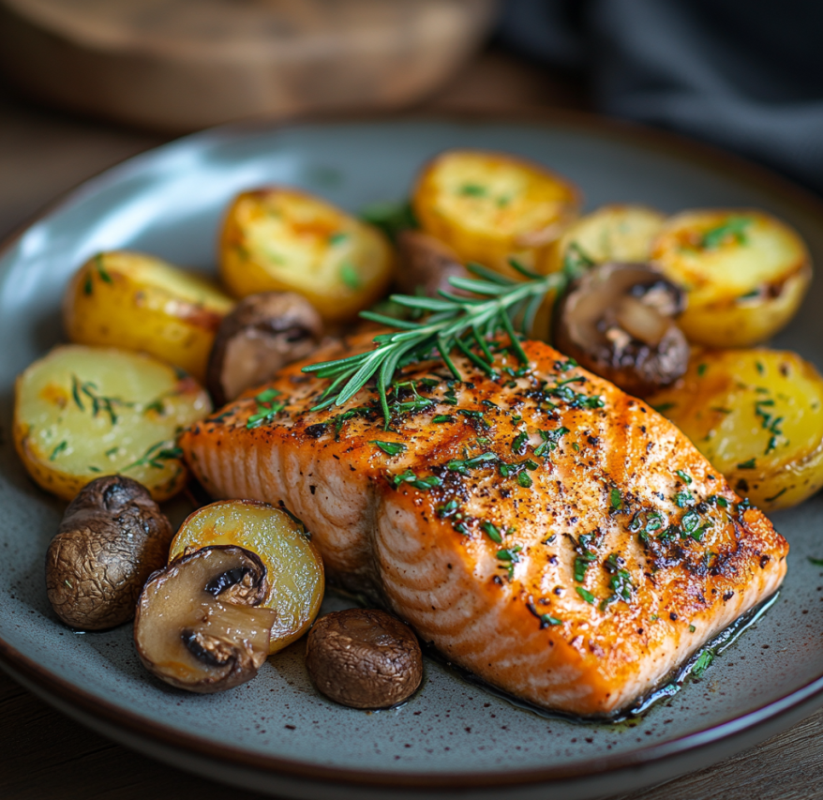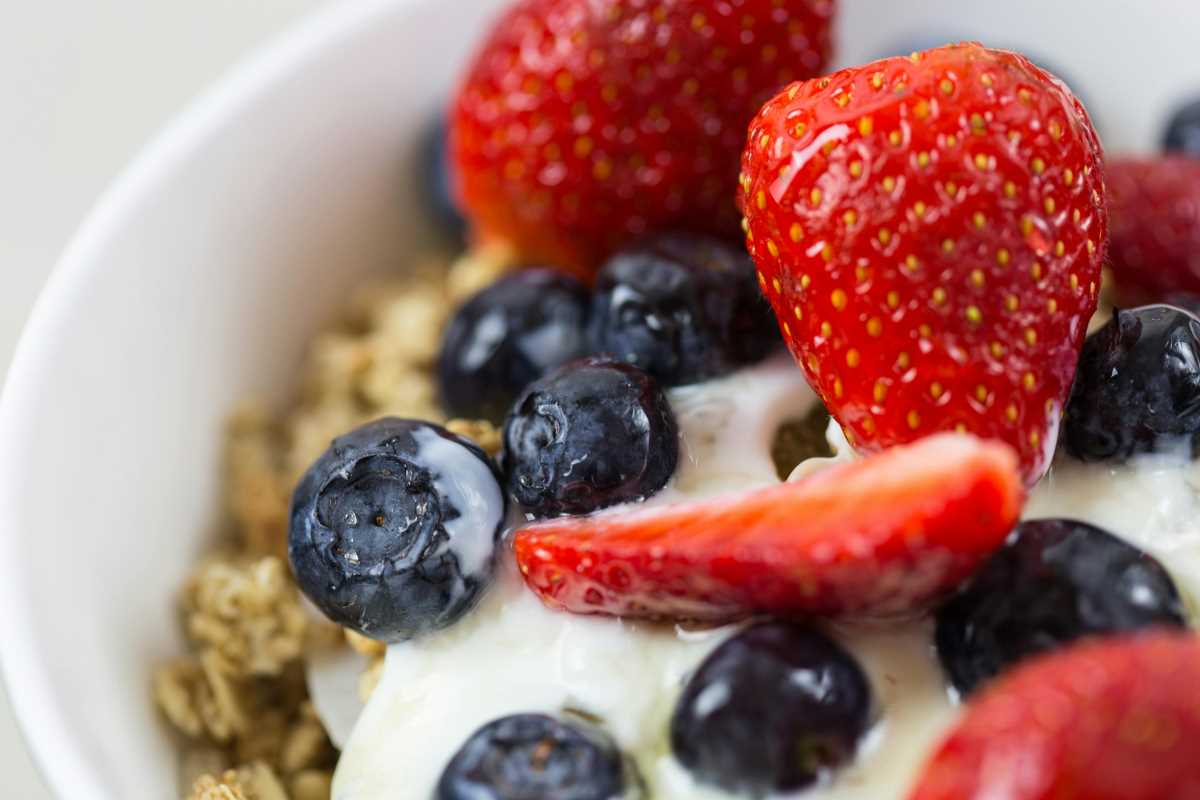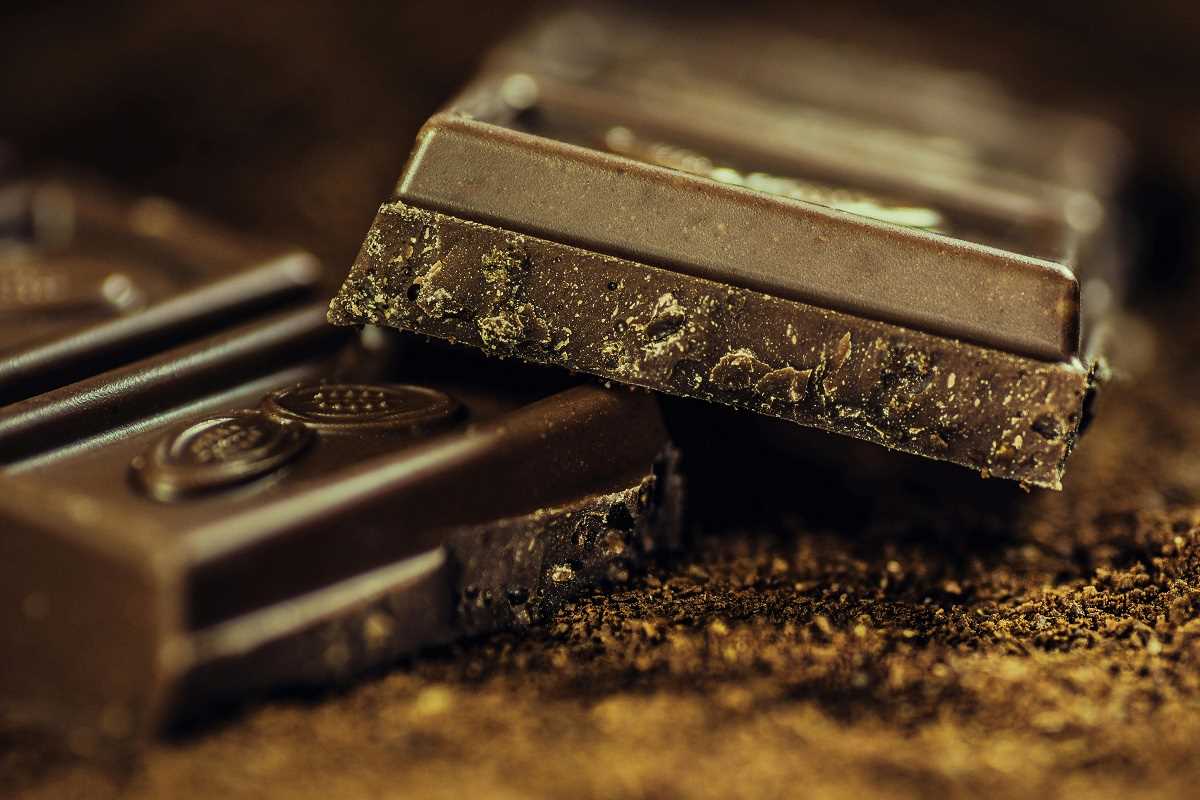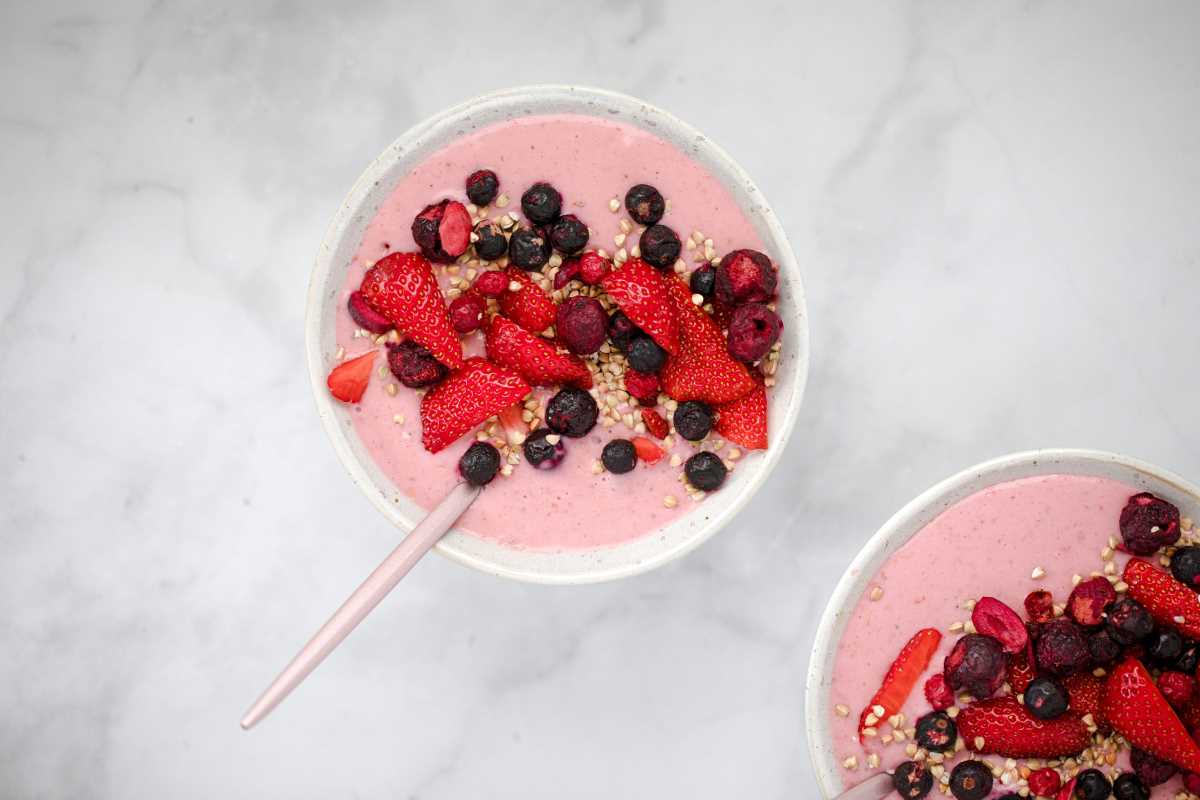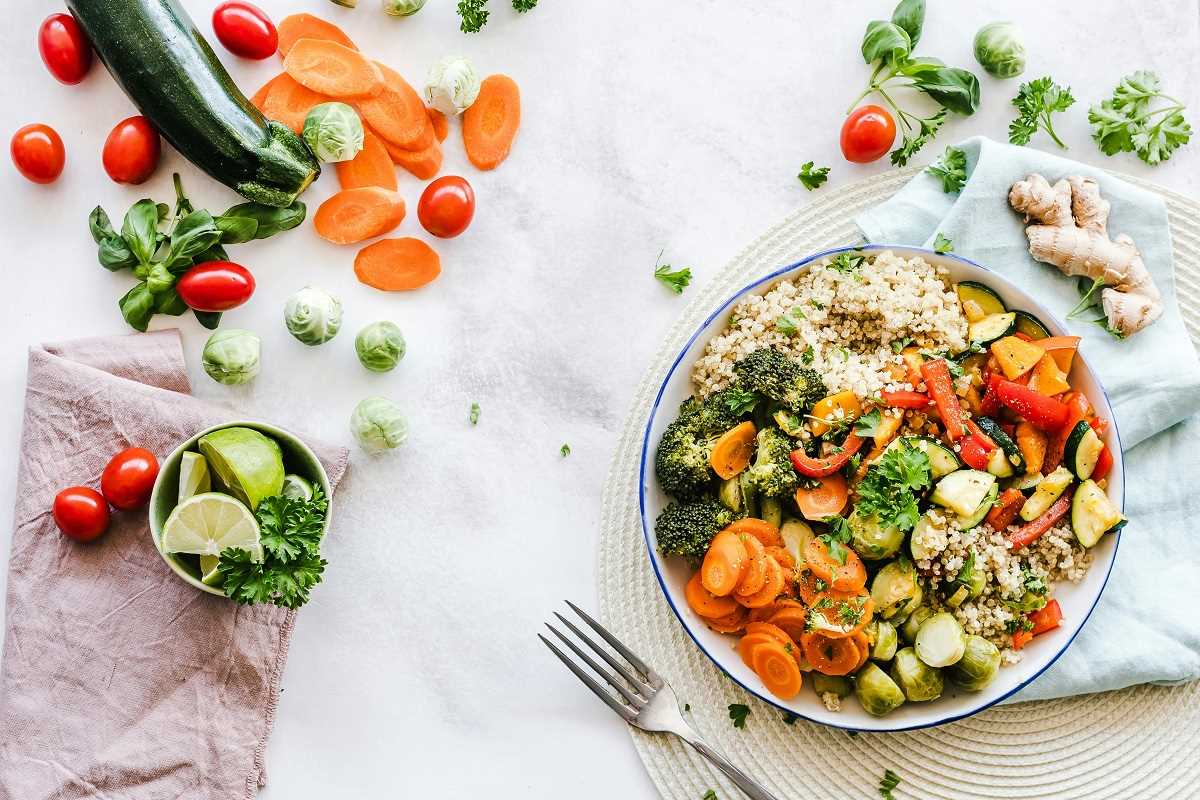Protein is often referred to as the building block of life, and for good reason. This essential nutrient plays a vital role in almost every function in the body, from repairing tissues to supporting a strong immune system. For senior women, maintaining an adequate intake of high-quality protein is even more critical. It helps preserve muscle mass, supports bone health, and can even contribute to better energy levels and a sharper mind.
But with so much information out there about diet and nutrition, how do you know which protein-rich foods are best for your health and wellbeing? Don’t worry—we’re here to break it down simply and help you make the best choices for your health and lifestyle.
Why Protein Matters at Every Age
Protein does more than just help build and repair muscle. It’s also a key player in the production of hormones, enzymes, and cells. But as we age, our bodies handle protein a little differently. Starting around your 50s, your body becomes less efficient at processing protein, which means you may need a bit more than you did in your 20s or 30s.
For senior women, this is especially important. Protein can:
- Help maintain muscle mass: Muscle naturally diminishes as we age, a process called sarcopenia. Without enough protein, it becomes harder to stay strong and active.
- Support healthy bones: Proteins like collagen help keep bones strong and reduce the risk of fractures.
- Boost metabolism: Protein takes more energy to digest, which can keep your metabolism humming along.
- Promote satiety: A protein-rich meal helps you feel full longer, making it easier to manage weight.
Now that we know why protein is so crucial, the next step is learning where to find the best sources.
Top High-Protein Foods for a Healthy Lifestyle
Not all protein sources are created equal. While just about every diet includes some protein, the type and quality of that protein can make a big difference for your overall health. Below, we’ll explore some of the best high-protein foods and why they deserve a spot on your plate.
1. Eggs
Eggs are small but mighty when it comes to protein. A single large egg packs around 6 grams of high-quality protein. Better yet, eggs are loaded with important nutrients like choline, which supports brain health, and vitamin D for strong bones.
Why They’re Great for Seniors: Eggs are versatile, affordable, and easy to prepare. Scrambled at breakfast, boiled as a snack, or added to salads, they’re a convenient way to hit your protein goals.
2. Chicken Breast
Chicken breast is a lean protein powerhouse, offering about 26 grams of protein in a 3-ounce serving. It’s also low in fat, which makes it a heart-healthy option.
Pro Tip: Baking or grilling chicken is an easy, low-maintenance way to prepare it without adding excess fat. Pair it with roasted vegetables or toss it into a hearty soup for a balanced meal.
3. Fish
Fish, particularly fatty fish like salmon, tuna, and mackerel, is an excellent source of protein. A 3-ounce serving of salmon, for example, provides about 22 grams of protein. What sets fish apart, however, is its omega-3 fatty acids, which are great for heart and brain health.
Why Seniors Should Love It: Omega-3s in fish can help reduce inflammation, support joint health, and even improve cognitive function. Aim to include fish in your meals at least twice a week.
4. Greek Yogurt
Plain Greek yogurt is not only creamy and delicious, but it’s also protein-packed. A typical serving contains anywhere from 15 to 20 grams of protein, which is more than traditional yogurt. It’s also rich in probiotics, which are great for digestion.
How to Enjoy It: Top your Greek yogurt with fresh berries and a handful of nuts for a nutrient-dense snack or breakfast.
5. Legumes (Beans, Lentils, and Chickpeas)
Legumes are a plant-based protein favorite, offering around 15 grams of protein per cup. They’re also loaded with fiber, which helps with digestion and keeps you feeling full.
Benefits for Seniors: They’re budget-friendly, versatile, and can be used in soups, stews, salads, or even as a meat substitute in recipes like veggie patties.
6. Tofu and Tempeh
Made from soybeans, tofu and tempeh are excellent plant-based protein sources. A 3-ounce serving of tofu provides about 8 grams of protein, while tempeh offers even more, with around 15 grams per serving.
Why Consider These Options? Both tofu and tempeh are low in fat, easy to digest, and highly adaptable to various cuisines, from stir-fries to grilled dishes.
7. Nuts and Seeds
Almonds, walnuts, chia seeds, and flaxseeds pack a protein punch along with healthy fats, fiber, and antioxidants. A small handful of almonds provides around 6 grams of protein.
How to Use Them: Sprinkle chia seeds into your yogurt, smoothie, or oatmeal. Snack on a handful of nuts between meals. Just watch portion sizes, as nuts are calorie-dense.
8. Cottage Cheese
Cottage cheese might just be one of the most underrated high-protein foods. A single cup can contain over 25 grams of protein!
For the Best Experience: Choose low-sodium options and pair it with fresh fruit or vegetables for a satisfying, protein-rich snack or meal.
9. Quinoa
Quinoa is often considered a superfood, not only for its high protein content (about 8 grams per cooked cup) but also for being a complete protein. This means it contains all nine essential amino acids your body needs.
How to Include Quinoa: Use it as a base for salads, serve it as a side dish, or add it to soups for extra texture and protein.
10. Milk and Dairy Alternatives
Whether you prefer milk or non-dairy alternatives like soy milk, both are excellent protein sources. A cup of milk provides about 8 grams of protein, while fortified soy milk offers a similar amount.
Bonus Tip: Choose low-fat or unsweetened versions to keep sugar and fat levels in check.
Tips for Getting Enough Protein
Now that you have a list of top protein sources, here are some practical tips to help you maximize your intake and make healthy eating more enjoyable:
- Spread it out: Don’t save all your protein intake for dinner. Aim to include protein in every meal and snack throughout the day.
- Mix it up: Variety is key! Rotate between animal and plant-based proteins to enjoy a wider range of nutrients.
- Track your intake: If you’re not sure whether you’re meeting your daily protein needs, consider keeping a food diary, or using apps to track your consumption.
- Pair protein with fiber: Combining protein with fiber-rich foods, like veggies or whole grains, keeps you feeling full and adds even more health benefits to your meal.
A diet rich in high-quality protein supports optimal health, strength, and vitality, especially for senior women who want to maintain an active and fulfilling lifestyle. Eating more protein doesn’t have to be complicated. Incorporate a mix of these nutrient-packed foods into your routine, and you’ll be amazed at how much better you feel. If you’re looking for more personalized dietary tips, reach out to a nutritionist or dietitian who can tailor a plan to fit your specific needs and goals.
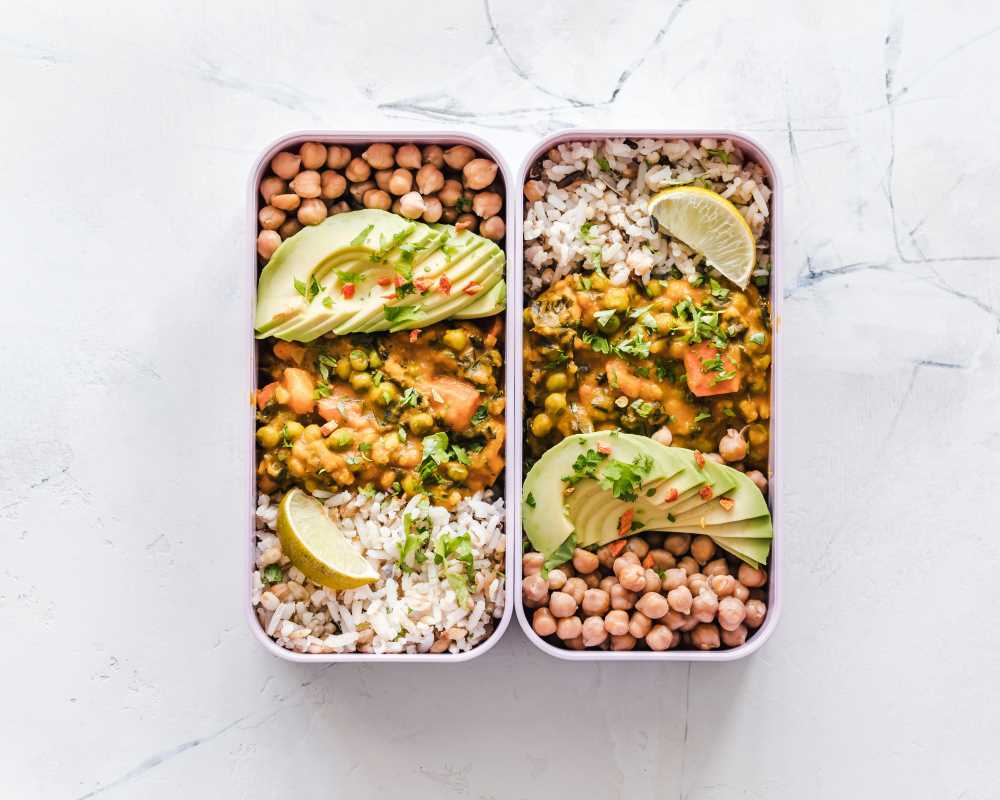 (Image via
(Image via